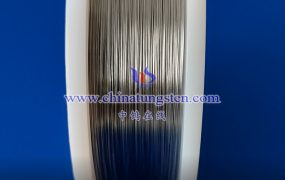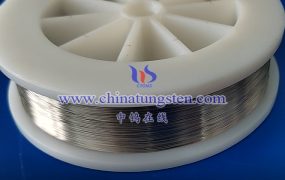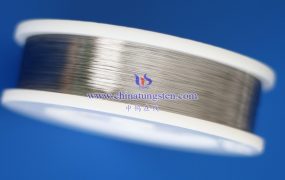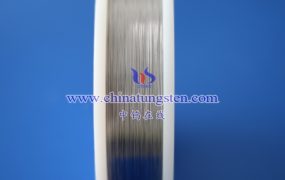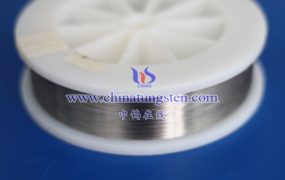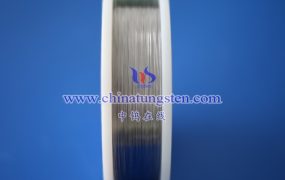Tungsten wire for textiles weaving gloves and copper wire each have unique properties, so they show different advantages in specific applications. The following is a comparison of tungsten wire and copper wire in key performance:
- Strength and hardness
Tungsten wire: Tungsten wire has extremely high tensile strength and hardness, which makes it very suitable for applications that require high strength and wear resistance. Tungsten wire can still maintain its strength at high temperatures and is suitable for use in extreme conditions.
Copper wire: The strength and hardness of copper wire are much lower than tungsten wire, so it is not as suitable as tungsten wire in applications that require high strength or wear resistance.
- High temperature resistance
Tungsten wire: The melting point of tungsten is about 3422°C, the highest of all metals. Therefore, tungsten wire can maintain its performance in extremely high temperature environments and is very suitable for use as a material in high temperature applications, such as filaments and high temperature heating elements.
Copper wire: Copper has a low melting point of about 1085°C, so copper wire is easy to soften or melt in high temperature environment and is not suitable for high temperature conditions.
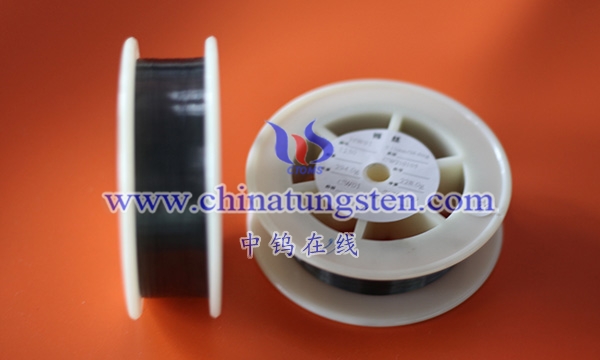
- Conductivity
Tungsten wire: Although tungsten has a certain conductivity, it is not as conductive as copper. Therefore, tungsten wire is usually not the best choice in applications that require high conductivity.
Copper wire: Copper is a very good conductive material, and its conductivity is second only to silver, so it is widely used in wires and cables and electronic components.
- Corrosion resistance
Tungsten wire: Tungsten wire is easily oxidized at high temperatures, especially in air, which may limit its use in certain environments. However, in an inert gas or vacuum environment, tungsten wire has relatively good corrosion resistance.
Copper wire: Copper wire is easily oxidized, especially in a humid environment to form verdigris (copper oxide), which affects its conductivity and appearance. Therefore, copper wire requires surface treatment in some cases to improve its corrosion resistance.
- Density and Weight
Tungsten Wire: Tungsten has a very high density of about 19.25 g/cm³, so tungsten wire is heavier, which may be a disadvantage in some applications.
Copper Wire: Copper has a density of about 8.96 g/cm³, which is much lighter than tungsten, so products made of copper wire are lighter and more suitable for applications that need to reduce weight.
- Flexibility and Ductility
Tungsten Wire: Tungsten wire is relatively brittle and lacks ductility and flexibility, so it is not as easy to process as copper wire in applications that require bending or braiding.
Copper Wire: Copper wire has good flexibility and ductility, and is easy to process into complex shapes and structures. It is widely used in braiding, welding and various electrical connections.
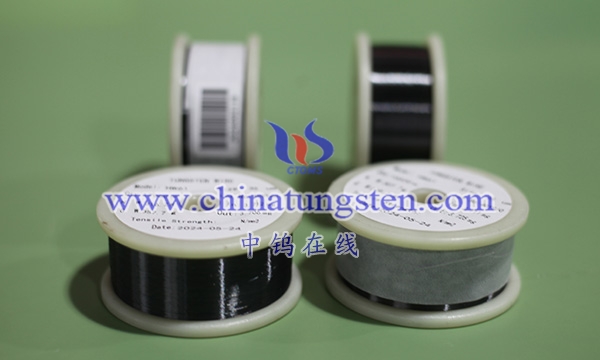
- Cost
Tungsten Wire: The production cost of tungsten wire is relatively high, mainly due to the difficulty of refining and processing tungsten. Therefore, tungsten wire is usually used in high-end applications that require special properties.
Copper Wire: Copper wire is relatively cheap and easy to produce in large quantities, which makes it an economical choice in many applications.
More details of tungsten wires, please visit website: http://tungsten.com.cn/tungsten-wires.html
Please contact CHINATUNGSTEN for inquiry and order of tungsten needles:
Email: sales@chinatungsten.com
Tel.: +86 592 5129595
